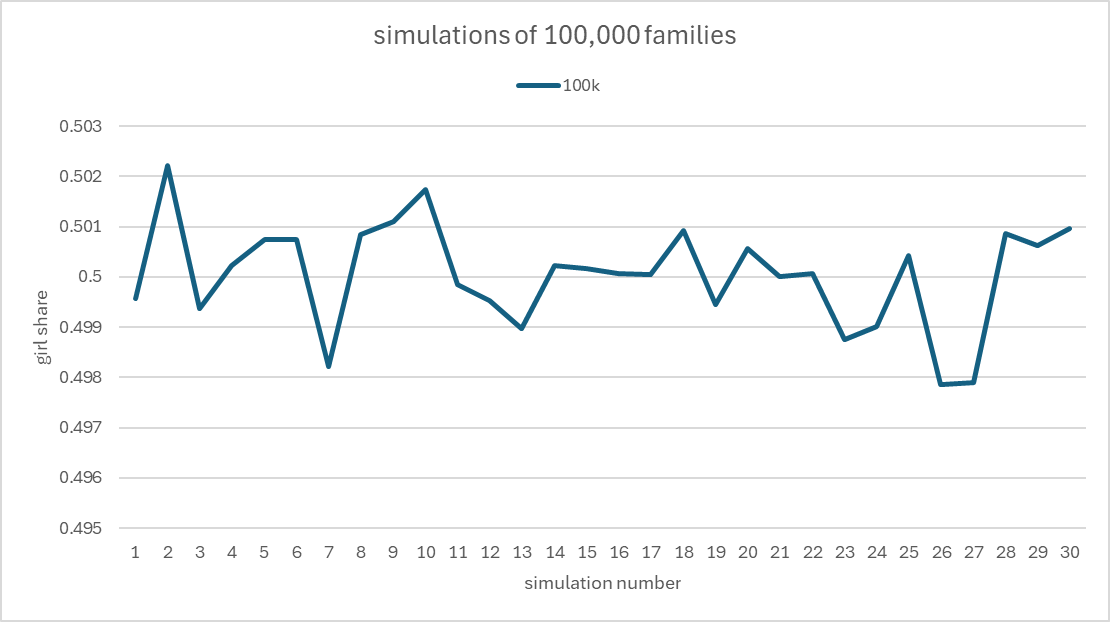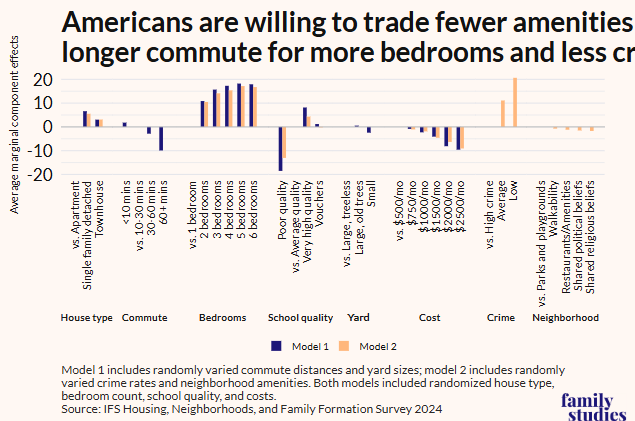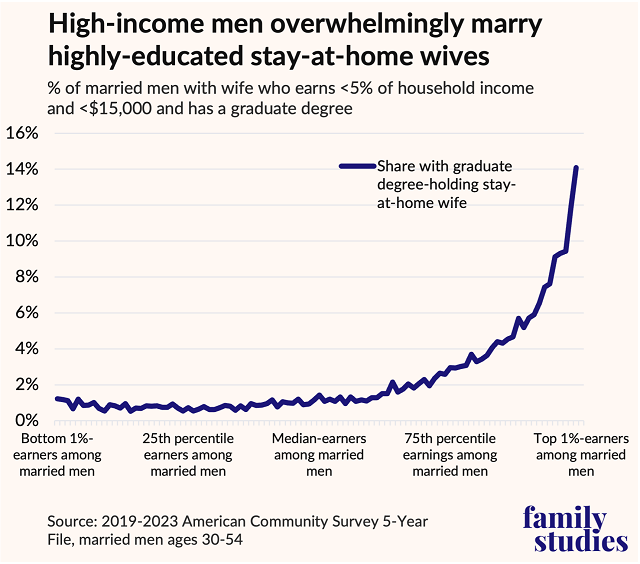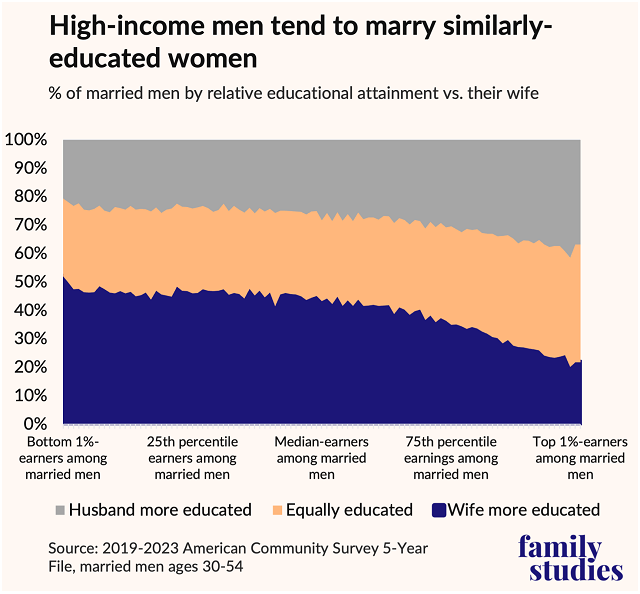Abortions after 32 weeks are a very small share of total abortions-- perhaps 0.5%. Let's say half of those are not due to unsurvivable conditions, so 0.25% of abortions are very late + could have survived if born.
Given ~1 million abortions, that's 2500 such abortions.
There were about 23,000 homicides in the US in 2023.
If that teeny tiny share of abortions covering very late abortions of totally viable kids without lethal health issues were counted, those extremely rare abortions would compose fully 1-in-10 homicides in the United States.
Given ~1 million abortions, that's 2500 such abortions.
There were about 23,000 homicides in the US in 2023.
If that teeny tiny share of abortions covering very late abortions of totally viable kids without lethal health issues were counted, those extremely rare abortions would compose fully 1-in-10 homicides in the United States.
In 2023, there were only 11,000 deaths of all external causes (accidents, homicides, etc) of people under age 18.
Abortions of health viable children make up 18% of all non-natural-causes deaths of children.
Abortions of health viable children make up 18% of all non-natural-causes deaths of children.
Using the CDC's multiple mortality data, these extremely rare late-term abortions...
... are nonetheless the second biggest cause of death among people under 18 (after congenital immaturity)
... are nonetheless the second biggest cause of death among people under 18 (after congenital immaturity)

What I'm hearing from many liberals is, "These abortions of perfectly healthy late-term babies who are absolutely babies with thoughts and pain capability would be HORRIBLE if they happened, but it's a conservative conspiracy theory."
But that's not true!
But that's not true!
It IS true that these abortions are an EXTREMELY small share of overall abortions!
But the scale of abortions is so absolutely MASSIVE compared to child mortality that even a teeny tiny sliver of abortions would represent a huge share of child deaths.
But the scale of abortions is so absolutely MASSIVE compared to child mortality that even a teeny tiny sliver of abortions would represent a huge share of child deaths.
Assuming we are agreed that "children at 32+ weeks post-conception without any lethal congenital problems" really are equally persons as "children at 45 weeks post-conception without any lethal congenital problems," the scale of killing of the first group IS INSANELY HIGH.
You may wonder if 50% viability rates for late-term abortions is correct.
Well, there are multiple articles with quotes from abortion doctors who do these procedures saying their patients are about 50-50 severe abnormality vs. discretionary reasons. I take them at their word.
Well, there are multiple articles with quotes from abortion doctors who do these procedures saying their patients are about 50-50 severe abnormality vs. discretionary reasons. I take them at their word.
But folks, even if only 20% of late-term abortions are discretionary: it would still be one of the single biggest causes of death for children! Especially when you realize the current #1 is congenital defects so should be dropped out of the baseline of "survivable cases"
What I'm getting at here folks is that it barely matters at all what numbers you choose.
At any even vaguely plausible numbers, late-term abortions of otherwise viable pregnancies are in fact an extremely large killer of children compared to other causes of child death.
At any even vaguely plausible numbers, late-term abortions of otherwise viable pregnancies are in fact an extremely large killer of children compared to other causes of child death.
You can debate if late-term abortion of viable pregnancies is the #2 killer of American children or #11 or #25 or whatever, but folks we're talking about a top-25 killer from a list that includes 828 causes of child death with at least 10 kids killed in 2023.
In any sane world, we would recognize that late-term abortions are about as likely to kill kids as guns or SIDS or car accidents. And most people think 1 or 2 or 3 of those are worth intervening on to protect child lives, whether through gun control, "back is best," carseats
• • •
Missing some Tweet in this thread? You can try to
force a refresh















